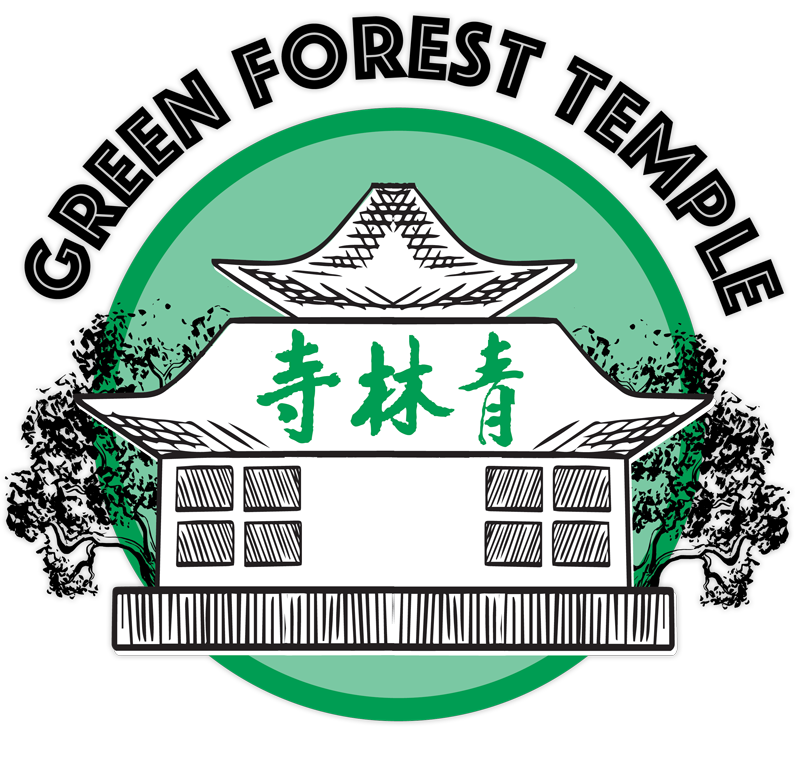Long Fist
Long Fist
In this school, the amount of material one learns is not as important as the depth of understanding gained through the process of study. A complete system has little to do with the number of forms one knows. For this reason, we teach less forms and concentrate more on the principle of good practice. As an example of this, the pao quan and cha quan systems each have ten forms. We teach one form from each system of these, in addition to Tan Tiu, to make up the Islamic portion of the training. There are also three forms that make up the Mei Hua portion of the training.
These forms play several roles. One role is as a kind of record of techniques formalized to be carried on from one generation to the next. They are also a method of establishing ones level of skill in the art. The forms are an empty shell. Without proper training and deep understanding of the meaning behind the movements, there is no particular value in them. The principles of the art studied thoroughly over a long period of time are what make up the core of all true practices.
Mei hua chang quan
Our Mei Hua (“plum flower”) chang quan as it is taught in this school uses three forms. The first is the mai fu quan, which means “insidious” or “ambush” fist. This implies something is hiding or under cover. The principle of the form is to create the appearance of vulnerability, which leads the opponent to commit him or herself to the trap.
The second form, shi zi tang (crossing form), is based on the principle of five elements. It requires one to express force in many directions simultaneously. The movements feel strange; they do not always progress in ways that seem logical. It is intentionally constructed to force the development of minor muscles and infrequently used joints and tendons. This form is not meant to be aesthetically pleasing.
The third form of the Mei Hua system is called Tai Tzu Chang Quan (The Emperor’s Long Fist). This form requires the practitioner to express the complete spectrum of the system.
Jia men chang quan
Jia men chang quan system is an “Islamic style,” having roots in the Muslim ethnic minority community in China. There are three forms from the Islamic system that are taught in this school. Each form represents three distinctive levels.
The training begins with the tan tui (springing leg). Tan tui teaches students the fundamental grammar of kung fu movements, postures, techniques, and flavor. It introduces a variety of punches, palm strikes, kicks, and blocks. Repetition of attack/defense combinations and evenness of balance –each movement is practiced on both right and left sides– are also built into this form, ensuring that students receive a thorough grounding in the essential building blocks of kung fu.
After tan tui, students progress to the pao quan (cannon fist). This form is more challenging. It often changes directions and introduces the tempo and rhythm. The movements themselves are also more complicated and somehow larger, occupying more of the air around our bodies. Where tan tui moves in lines, pao quan movements are more angular in relation to the square.
Movements in the third form, cha quan, are more rounded, curved, and continuous. They have a deeper subtlety, are complex, and very rich: filled with potential for multiple attacks and defense.
